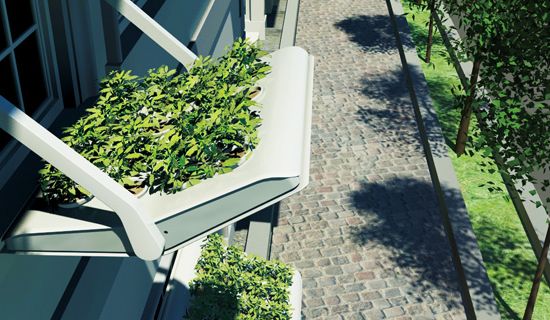A 6000-mile journey starts with a single step. For 33-year-old Naveen Rabelli, it begins with a ray of hope, rays of the Sun and an array of solar panels on the roof of his tuk-tuk along with an electric battery to power his one-ton vehicle. Rabelli plans to travel to 10 countries in order to promote the idea of environmentally friendly travel. He calls his dream machine Tejas- the Sanskrit word for splendor and brilliance and has aptly painted the vehicle a brilliant red color.

Fully aware that this odyssey from Bangalore to London will be no walk (drive) in the park, the electrical engineer has already had his fair share of hurdles. From spending his life savings of about $6000 on this dream project to realizing that this journey will involve several frequent stops to charge his vehicle, he knows this is not going to be easy.
For every 50 miles he travels on a fully charged battery, he will need to stop and recharge his customized electric three-wheeler for another 8 hours. The sun shining on solar panels atop the roof of his tuk-tuk will allow Rabelli to keep going for another 16 miles or so.

As cumbersome as all this might sound, Rabelli argues that his vehicle is pollution free, and still way more economical than a typical auto rickshaw that is a common sight on Indian roads. Tejas the tuk-tuk can go 62 miles on less than a dollar, whereas a conventional diesel-guzzling tuk-tuk would require $4 to go the same distance.
Also, the cost of diesel is rising by the day along with a massive contribution to pollution due to it, whereas solar power is free and electricity is cheap. Most importantly, all of this is smoke free.

This is exactly the reason he has not lost heart and is confident about going through with this journey. In fact, he plans to film a documentary of the entire journey.
After going through the list of applicants, Rabelli has selected 26-year-old Raoul Kopacka from Austria for this purpose because Kopacka would be able to lie down in the back of the environmentally friendly auto-rickshaw with his legs stretched. Both of them plan to sleep on mattresses in the back of the tuk-tuk for most of the journey.
Summary
It is a tough journey, but the hard work and money that has gone into creating this solar-electric vehicle has not been a waste, because it may as well be the future of commuting.




